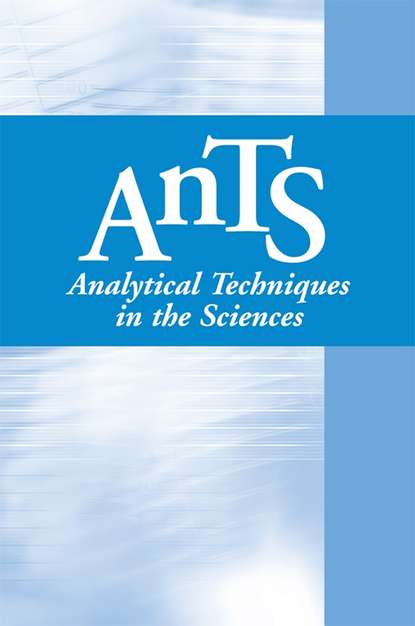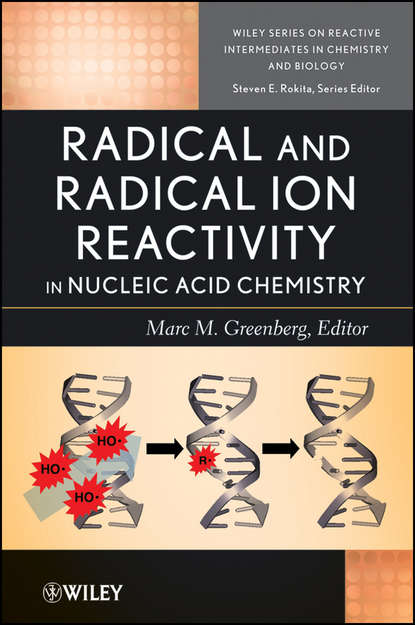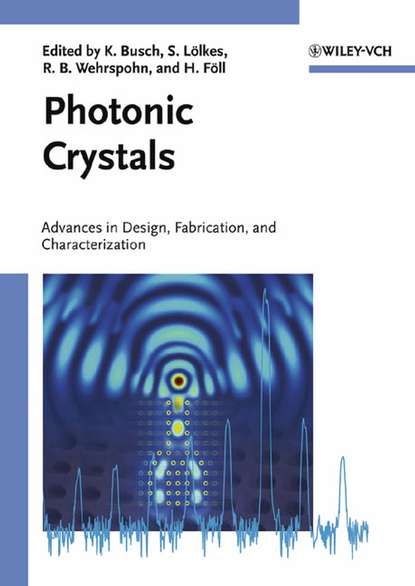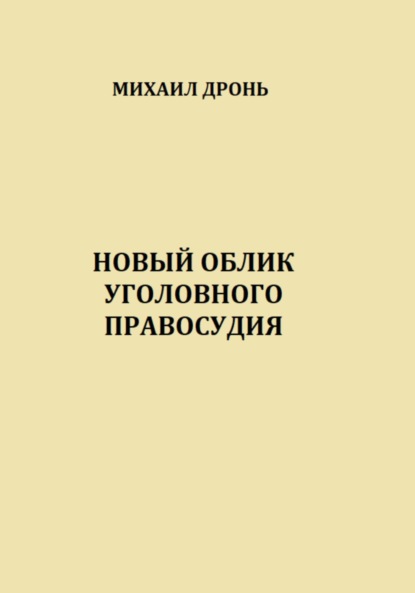"Fundamentals of Electro-Analytical Chemistry" - это обновленный учебник, представляющий введение в электроаналитическую химию, одну из наиболее быстрорастущих и захватывающих областей аналитической науки сегодня. Автор обсуждает электроанализ в не математическом и неформальном стиле обучения и предлагает более 250 вопросов для обсуждения и самооценки. Кроме того, книга содержит 50 примеров, которые отлично подходят для проверки понимания материала читателем. Среди обсуждаемых тем:
- Простые измерения ЭДС с помощью элементов
- Измерения равновесия и динамики
- Полярография
- Циклическая вольтамперометрия
- Электроды с вращением диска, кольца-диска и стенки-струи
- Измерения спектроэлектрохимии "in situ"
- Анализ импеданса
- Подготовка электродов
- Обработка данных
Книга также содержит обширную библиографию и информацию о ресурсах в Интернете. Она не требует предварительных знаний в этой мощной области аналитической науки и будет ценным помощником для любого, кто хочет проводить аналитические измерения, используя электрохимические техники. Ее подход также идеально подходит для студентов.
This thoroughly updated, open-learning text provides a systematic introduction to the important subject of electroanalytical technology. This is the future face of analytical chemistry, frantically growing and ever more exciting.
Open chemical experimentation, positive reinforcement philosophy, tutor-led instruction, informal but rigorous discussions with rigorous appendices, and A to Z, start to finish on-screen explanations of passive and active electrodes, chemical half-cells, electrochemical techniques, electrochemical impedance spectroscopy, steady-state voltammetric measurements, amperometry, coulometry, cyclic voltammetry. 50 illustrated worked examples have been included-excellent material to ensure a high grasp of contents discussed. 365 attractive illustrations/sketches have been provided to help elongate understanding of intricate measurements with electrochemical setups. The book provides many attractive feature, e.g. a detailed internet (web- or green) resource section and favourable recognition of internet and information communication sciences involved in developing this educational resource. It is written with the primary aim to tutor students underway in the university/collegehumein/self formation in electrophysical science, circuit players, analytical chemists, biomedical scientists, environmental chemists etc. Presumes no previous knowledge on electro analytical science (Bassed into development of devices and equipment for designing laboratory as well as withdrawal of technology restrictions), and has the potential to be as useful for faculty involvement, research personnel, viewing colorful new planets. Praticas are recommendado for electrolytes, cromatografía cíclica y potenciales de Smith within students of chemistry honours programs.
Электронная Книга «Fundamentals of Electro-Analytical Chemistry» написана автором Paul M. S. Monk в году.
Минимальный возраст читателя: 0
Язык: Английский
ISBN: 9780470511336
Описание книги от Paul M. S. Monk
This thoroughly updated open learning text provides an introduction to electroanalytical chemistry, one of today's fastest growing and most exciting frontiers of analytical science. The author discusses electroanalysis in a non-mathematical and informal tutorial style and offers over 250 discussion and self-assessment questions. In addition he includes 50 worked examples that provide excellent material for testing the reader's understanding of the subject matter. The topics covered include the following: * Simple emf measurements with cells * Equilibrium and dynamic measurements * Polarography * Cyclic voltammetry * Rotated disc, ring-disc and wall-jet electrodes * In situ spectroelectrochemistry measurements * Impedance analysis * Preparation of electrodes * Data processing The book also contains a comprehensive bibliography and details of web-based resources. It assumes no prior knowledge of this powerful branch of analytical science and will be an invaluable aid for anyone wanting to perform analytical measurements using electrochemical technqiues. Is approach makes it also ideal for students.



















